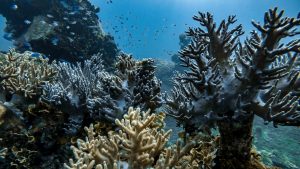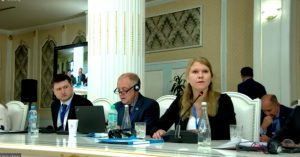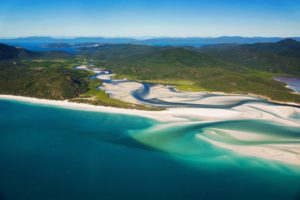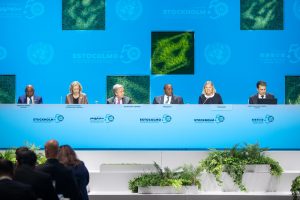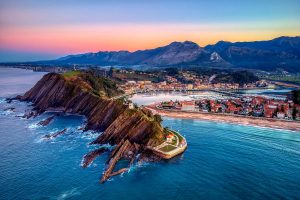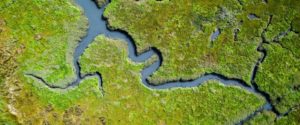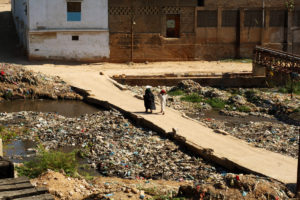- SIWI – Leading expert in water governance
- /
- Latest
- /
- Great interest in source-to-sea at COP25
Great interest in source-to-sea at COP25
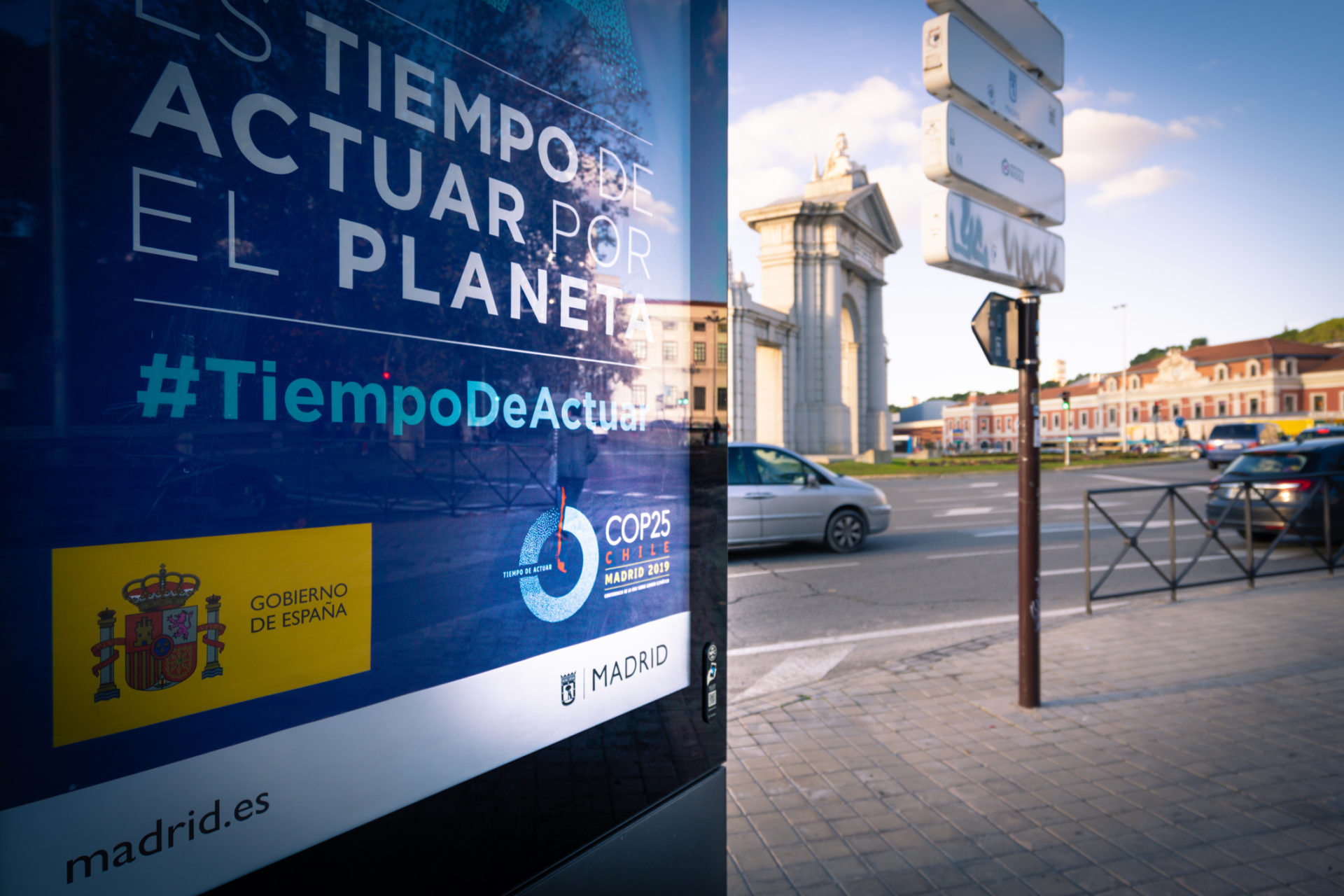 Madrid, Spain. December 2019: Climate summit COP25 ad on a billboard in Puerta de San Vicente Square, Madrid. The conference is designed to take the next crucial steps in the UN climate change process.
Madrid, Spain. December 2019: Climate summit COP25 ad on a billboard in Puerta de San Vicente Square, Madrid. The conference is designed to take the next crucial steps in the UN climate change process. The international climate meeting COP25 in Madrid, dubbed the “Blue COP”, really did lead to a wider recognition of the need for a source-to-sea approach to climate planning, reports Birgitta Liss Lymer. In this blog post, she shares her experiences from representing SIWI and the Action Platform for Source-to-Sea Management at the COP.
COP25 was labelled the “Blue COP” to put a spotlight on the critical role of oceans and water in climate change mitigation and adaptation and water really was higher on the agenda than ever.
One reason for this was definitely the IPCC Special Report on the Ocean and Cryosphere in a Changing Climate, which was released in September and discussed widely in Madrid. The report served as a wake-up call for policymakers around the world since it shows that sea levels are rising faster than previously anticipated. Climate is exacerbating the many land-based pressures that our oceans have been facing for decades, causing marine pollution, water and sediment depletion, habitat destruction and reduction in biodiversity in rivers, along the coast and at sea.
Compared to when the Paris Agreement was reached four years ago, there is now a much greater understanding of why it’s so important that water is at the heart of climate policy and that more countries include ocean-related initiatives in their revised nationally determined contributions (NDCs). Climate planning already spans most domains from source to sea, as shown in the results of a new study presented at COP by SIWI and AGWA. Most low- to middle-income countries with a coastline have prioritized measures in relation to land use, water resources management and coastal and marine issues in their NDCs. However, as was also pointed out in the IPCC Special Report on the Ocean and Cryosphere, fragmented governance limits the capacity to address the linkages between these domains.
As a result, the interest for applying a source-to-sea approach to climate planning is increasing. Source-to-sea management addresses the linkages between ecosystems from the river basin and connected aquifers, deltas, estuaries, coastlines, adjoining seas and the open ocean. At COP25, this was discussed during the Water Action Day, the Ocean and Coastal Zone Action Day, and the Oceans Action Day where Ingrid Timboe, from AGWA, highlighted the need for a source-to-sea approach to address the alteration of sediment flows to marine environments.
There is a growing understanding of the interlinkage between oceans and other watersheds, as expressed very clearly by the UN’s Special Envoy for the Ocean, Peter Thomson: “No more artificial division between saltwater and freshwater, please – it’s about source to sea!”
Noteworthy is also the rising interest in nature-based solutions for climate action and the need to address climate, biodiversity, water and ocean jointly. In a roundtable on Life Below Water (SDG14) and on Land (SDG15) – Linkages with Human Activites, which I moderated, the Secretary General of the Union of Local Governments of Africa, Jean Pierre Elong Mbassi, pointed out the need to increase the capacity, also in cities, on how to deal with the land-sea interlinkages.
On the same day, at the SIWI co-hosted a roundtable on SDG6, Building a resilient future through water, prominent speakers such as Karin Kemper from the World Bank, the Dutch government’s Special Envoy for International Water Affairs, Henk Ovink, and Monica Weber-Fahr from Global Water Partnership, also made important statements about the growing need to address downstream priorities and vulnerabilities as part of water management through a source-to-sea approach.
Many other events in which I participated also discussed the concept, including the UNESCO side-event Source to sea and climate action, UN-Water’s Climate-resilient water management approaches and Facing natural resources scarcity, organized by the Green Cross.
The SIWI-hosted Action Platform for Source-to-Sea Management has, since its formation in 2014, worked to increase policy commitment, financing and knowledge exchange on innovative ways to deal with the interlinkages between land, water, coast and sea. We have managed to bring together a growing number of partners who see how this is becoming increasingly urgent, not least in the face of climate change.
A top priority right now must be to ensure that countries include source-to-sea priorities in their National Determined Contributions to the Paris Agreement, up for review in 2020. The massive response at COP25 shows that we’re making great strides in that direction.

